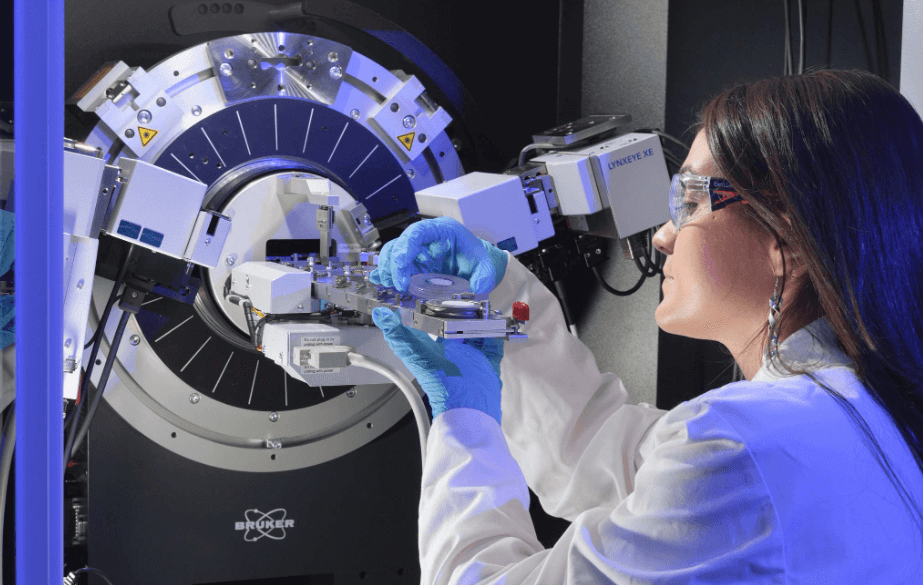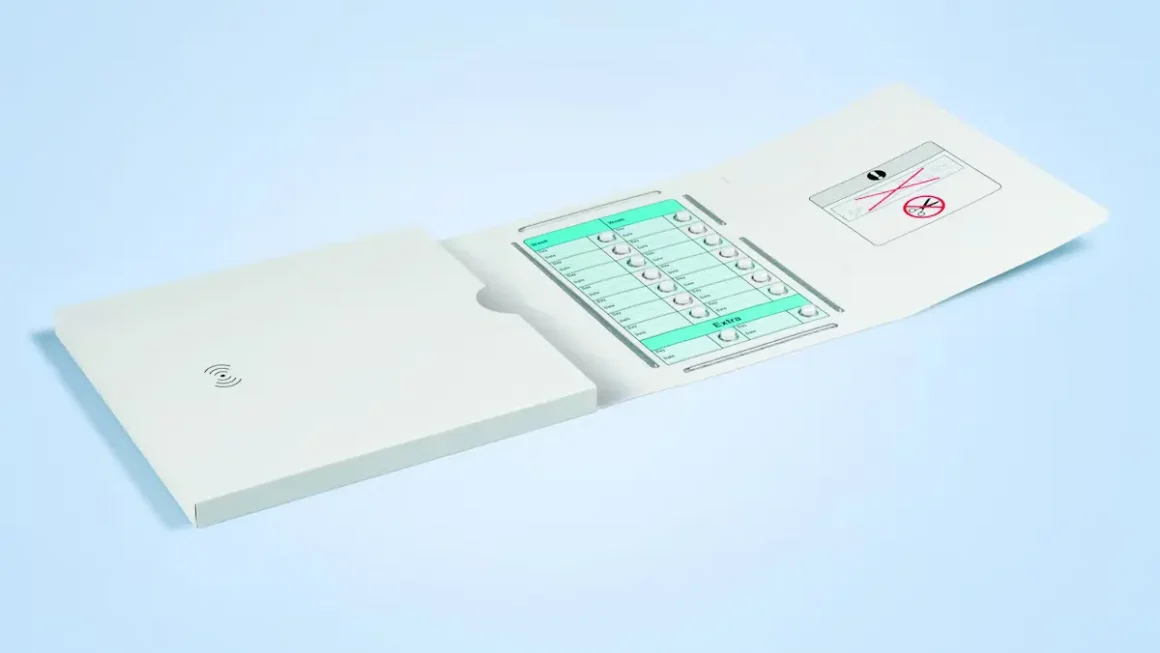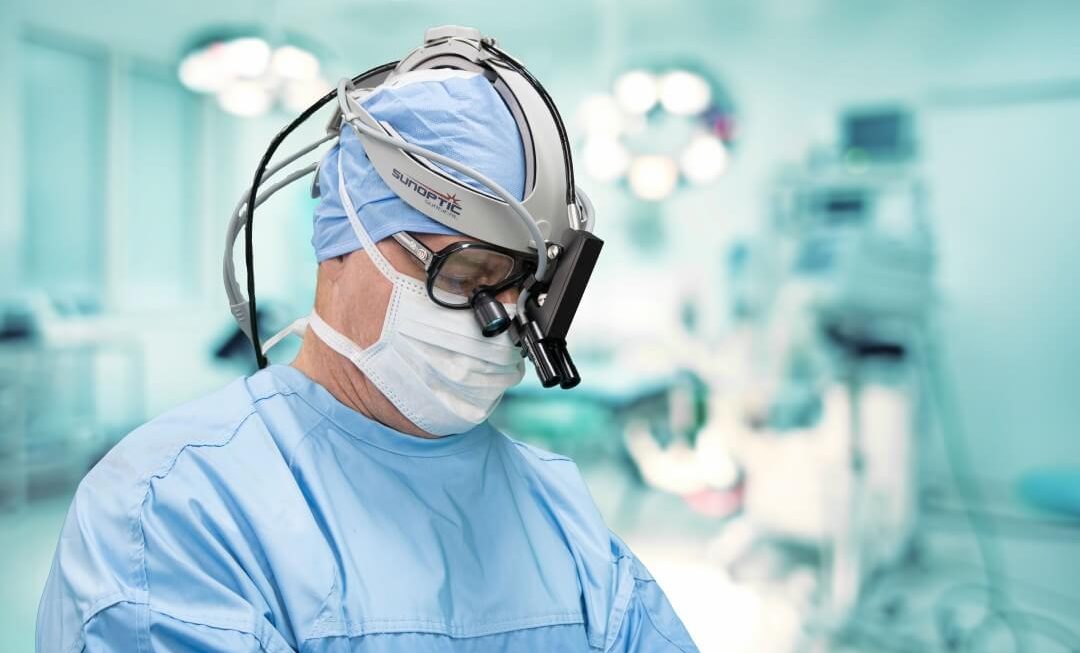Ever since it was first invented in April 1912 by Max von Laue, who would later receive a Nobel Prize for his work, x-ray diffraction has revolutionized a whole variety of industries, with more use-cases for the technology being discovered all of the time. If you are interested in knowing what some of the use cases of this amazing technology are, then you are in the right place, as this guide has been created in order to give you a complete overview. It is definitely worth reading on if you want to learn all about it.
Identifying Antibiotic Structures
When it comes to identifying the crystalline structures of certain drugs, x-ray diffraction can be a massive boon. This is especially true when it comes to antibiotics, as x-ray diffraction has figured out the unique structure of penicillin, cefalexin, cefotaxime, doxycycline, and many other drugs. It is likely that this use case will increase in the many years to come. One of the companies that are absolutely leading the way when it comes to the use of x-ray diffraction is malvernpanalytical.com, which you should absolutely take the time to check out.
Archaeology
X-ray diffraction has many use-cases in archaeology. It is often used in conjunction with other scientific methods, such as radiocarbon dating, relative dating, and potassium-argon dating. An x-ray diffraction machine can be used to analyze samples and, by looking at their composition, come to an estimate about how old they are.
Forensic Crime
One emerging field when it comes to the use-cases of x-ray diffraction involves that of forensic crime. As one of the main principles of forensics is that the person committing the crime is always likely to leave a trace, then it is safe to say that samples from the scene can then be analyzed by an x-ray diffraction machine. This is a method that is adopted by many crime agencies, stretching from the FBI to the CIA.
Investigating Bones
When bones have been heated to a certain temperature, their individual crystal parameters start to change. This usually occurs when they are exposed to temperatures of over 500 °C. When it is being heated, an x-ray diffraction machine then can get a much better understanding of how bones are composed, resulting in a whole variety of different and very fascinating applications.
Discovering Molecules
X-ray diffraction can be used to discover a whole series of different molecules. For example, thanks to the work of Rosalind Franklin, x-ray crystallography was used to discover the unique helical shape that made up the DNA molecule. Winning a Nobel Prize for Watson and Crick, this has been hailed as one of the most pioneering discoveries of all time, revolutionizing the way that we think about DNA and how it works, creating many different applications within the world of medicine. It is likely that there are many other discoveries out that that x-ray diffraction simply hasn’t got around to discovering yet. Either way, the future certainly looks bright!




